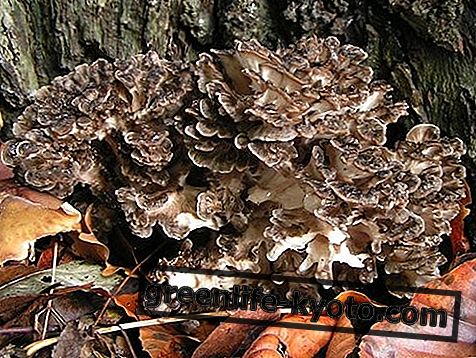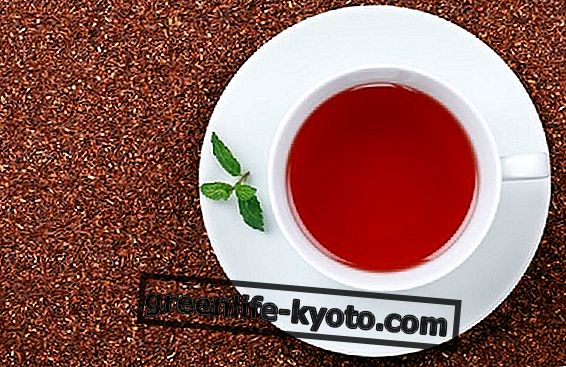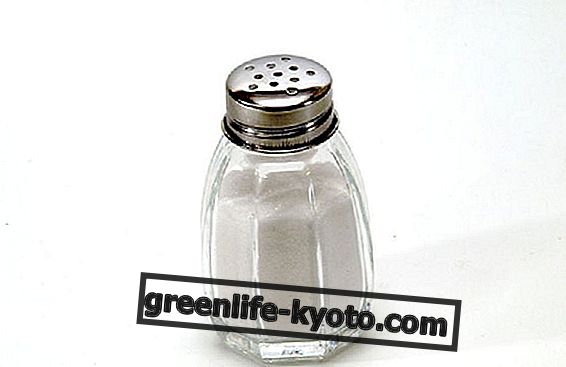Among the toxic minerals that are not good for the body are lead, mercury, aluminum and cadmium. Taking them due to pollution can have serious effects on health. Let's find out better.

What minerals hurt
In addition to the minerals that make up the organism, which we need to live and survive in health, there are also other toxic minerals that are generally considered harmful to humans, especially over a certain amount.
These are minerals and heavy metals often diffused in the environment, due to pollution for example. These include: arsenic, lead, cadmium, mercury, aluminum, lithium, strontium, antimony, tin, thallium, uranium .
The characteristics of minerals present in micromillesima part in the organism, whose role is often not well understood: germanium, nickel, tin, tungsten, chromium, chlorine, bromine, boron are still little known. We deepen our knowledge of the main toxic minerals.
Aluminum
Used in food packaging and other domestic products, it is found in toothpaste tubes, in deodorants, in cooking containers and in water.
Not all aluminum is passed to the body, it often happens that the cooking of acidic foods, such as tomatoes or tea, can release parts of the toxic mineral from the containers.
It then binds to essential vitamins and minerals, causing serious impairment of nutritional status, particularly by interfering with brain function and memory.
Cadmium
Cadmium enters the body through cigarette smoke, both active and passive, and is also found in refined grains contained in industrially produced foods.
It is used in the manufacturing industry and has also been found in polluted waters, then passed to fish and shellfish.
It accumulates in the body often as a result of a zinc deficiency ; this also binds to other minerals and vitamins, hindering its use.
In addition to being a cause of infertility in men and women, it was found that greater amounts of cadmium are responsible for spina bifida in newborns and less circumference and brain size.
Pumpkin seeds among the natural remedies for zinc deficiency: discover the others

Mercury
Mercury reaches man due to environmental pollution, in fact contaminating water and soil reaches animals and then humans; generally there are doses consisting of fish whose habitat has been polluted, especially large animals such as swordfish or tuna.
It is also found in cereals. It was used as a dental amalgam by dentists, to make fillings, but also as an anti-mold in paints.
Known is the mercury present in thermometers . Mercury is a cause of psychological and emotional disorders, convulsions, tremors, hallucinations, sleep disorders and is dangerous in the brain and cognitive level.
Lead
Lead is a mineral that is absorbed both through inhalation and through the consumption of products such as fruit and vegetables grown and grown in polluted areas of the planet, but also through old lead or paint pipes .
Pesticides are responsible for this, which are often also found in smoking tobacco. Once in circulation, it accumulates in bones, teeth, tissues and important organs. This mineral particularly damages the immune system, the nervous system (insomnia, headache, irritability, vertigo) and the kidneys.
You can investigate all natural remedies for headaches

Metal research test
Two types of tests are used to determine and assess which metals are present in the human body, in what doses and whether they do us good or bad.
The first is the search for metals in faeces and urine, TMTUF test; while the second is the verification of the content of metals through the mineralogram, TMA test, which is simpler than the previous one and which is carried out by preventing a hair sample.
If you are following a path of detoxification from heavy metals, you can seek confirmation of the success of the cure through a test known as a chelation test ; it is carried out in specialized structures and consists in comparing the values of toxic metal present in the urine before and after the administration of the chelating agent. Once chelated, the mineral loses its toxic or physiological properties and is eliminated.
How to avoid toxic metals
There are foods that help to counteract the bad action of toxic minerals, for example: garlic, onion, algae; but also citrus fruits, apples, carrots, eggs.
To avoid assimilating these metals, it is also advisable to follow some rules:
- avoid busy streets and smoke-filled environments;
- wash fresh products well, using baking soda and vinegar;
- limit the consumption of fish, in which traces of mercury can be found;
- avoid using copper or aluminum pans and do not wrap the food in aluminum foil in direct contact;
- reduce alcohol consumption, as it favors the assimilation of lead and cadmium;
- avoid taking antacids;
- check that the water system does not have the old lead or copper pipes;
- take foods rich in minerals and vitamin C, such as seeds, fresh fruit and nuts.













